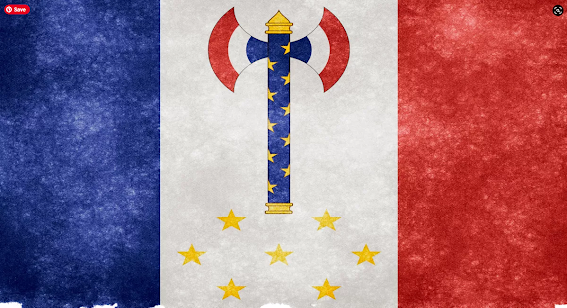by Lyndon H. LaRouche, Jr.
"Synarchism" is a name adopted during the Twentieth Century for an occult freemasonic sect, known as the Martinists, based on worship of the tradition of the Emperor Napoleon Bonaparte. During the interval from the early 1920s through 1945, it was officially classed by U.S.A. and other nations' intelligence services under the file name of "Synarchism: Nazi/Communist," so defined because of its deploying simultaneously both ostensibly opposing pro-communist and extreme right-wing forces for encirclement of a targeted government. Twentieth-Century and later fascist movements, like most terrorist movements, are all Synarchist creations.
Synarchism was the central feature of the organization of the fascist governments of Italy, Germany, Spain, and Vichy and Laval France, during that period, and was also spread as a Spanish channel of the Nazi Party, through Mexico, throughout Central and South America. The PAN party of Mexico was born as an outgrowth of this infiltration. It is typified by the followers of the late Leo Strauss and Alexandre Kojève today.
This occult freemasonic conspiracy, is found among both nominally left-wing and also extreme right-wing factions such as the editorial board of the Wall Street Journal, the Mont Pelerin Society, and American Enterprise Institute and Hudson Institute, and the so-called integrist far right inside the Catholic clergy. The underlying authority behind these cults is a contemporary network of private banks of that medieval Venetian model known as fondi. The Synarchist Banque Worms conspiracy of the wartime 1940s, is merely typical of the role of such banking interests operating behind sundry fascist governments of that period.
The Synarchists originated in fact among the immediate circles of Napoleon Bonaparte; veteran officers of Napoleon's campaigns spread the cult's practice around the world. G.W.F. Hegel, a passionate admirer of Bonaparte's image as Emperor, was the first to supply a fascist historical doctrine of the state. Nietzsche's writings supplied Hegel's theory the added doctrine of the beast-man-created Dionysiac terror of Twentieth-Century fascist movements and regimes. The most notable fascist ideologues of post-World War II academia are Chicago University's Leo Strauss, who was the inspiration of today's U.S. neo-conservative ideologues, and Strauss's Paris co-thinker Alexandre Kojève.
Source:
A Short Definition of Synarchism

No comments:
Post a Comment